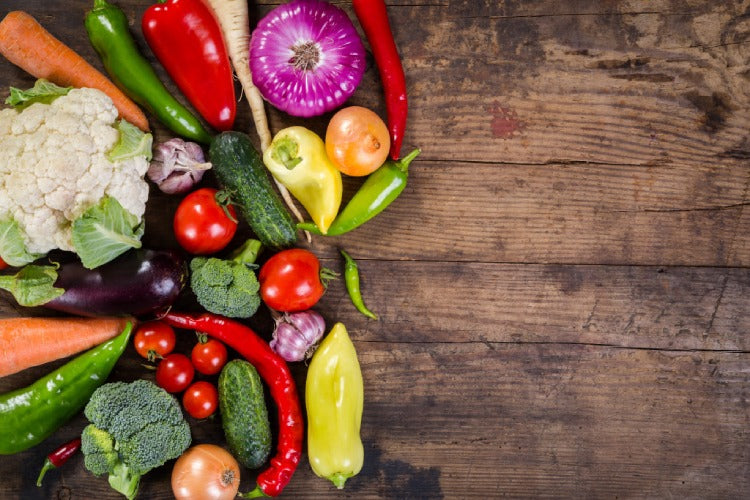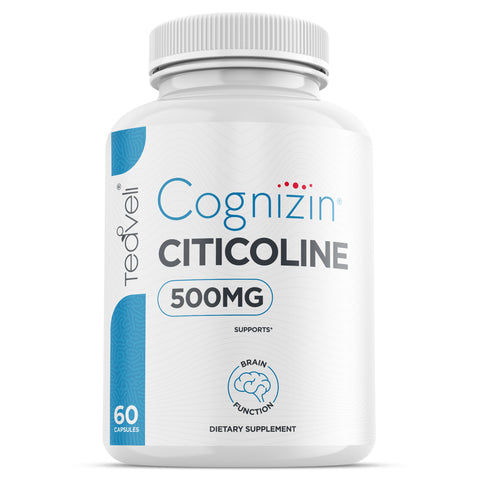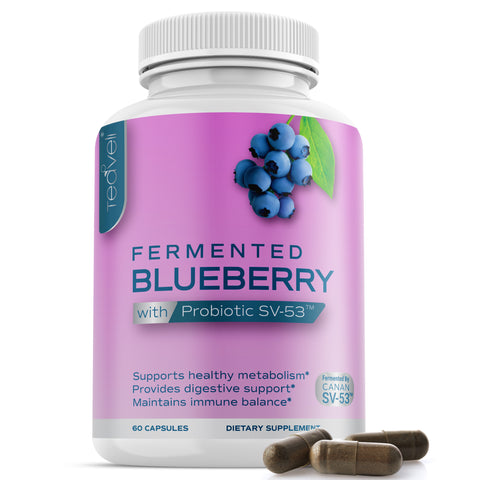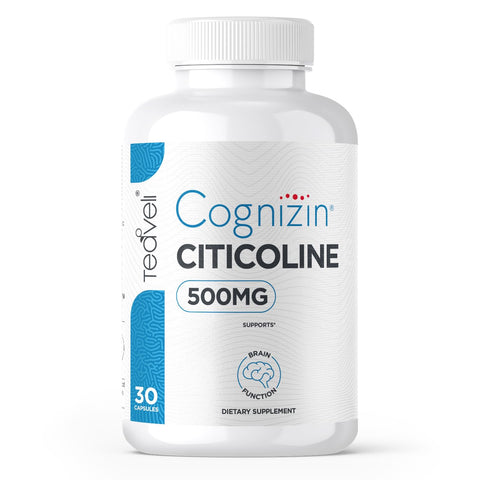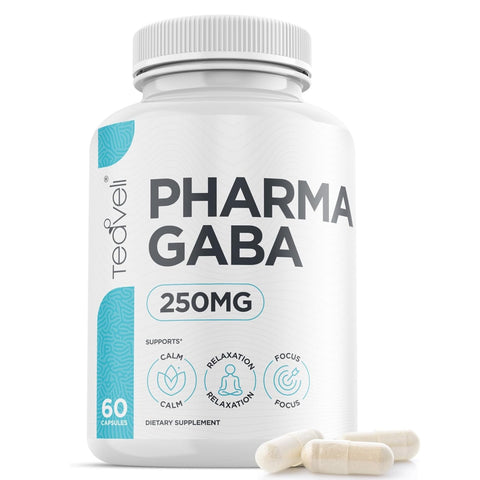How Bioactive Dehydration® Is Helping Nutrient Retention
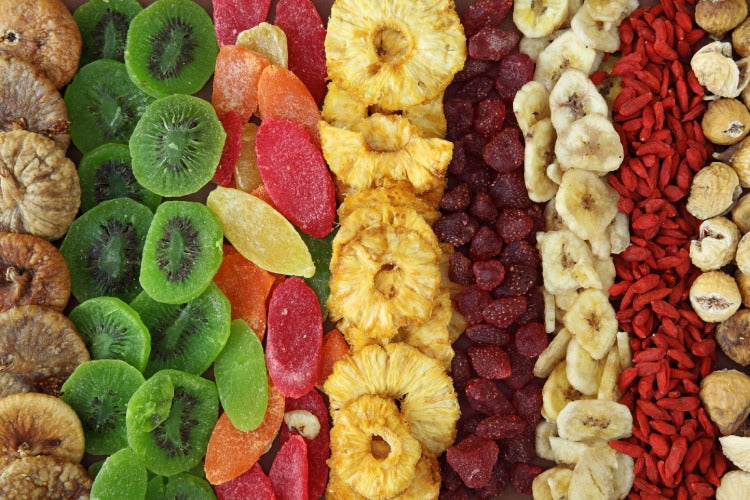
With the advent of newer technologies, it is becoming more and more difficult to separate natural from unnatural food. Ever wondered how the plants get dehydrated and packaged for consumption? How much of the nutrients are really retained? That's a question that instantly comes to mind. Here we try to throw light on one of the best-known methods to retrain nutrients using Bioactive Dehydration.
Source of Food spoilage

The various kind of moisture existing in foods breed microbes that lead to spoilage. Here are the kinds to be aware of:
Unbound moisture is the moisture present inside the food and it acts as if pure liquid while exerting vapor pressure during dehydration.
Bound moisture is the moisture chemically bound inside the food and it exerts lesser vapor pressure than pure liquid.
Free moisture is free to remove moisture around food.
Conventional dehydration
Being seasonal and perishable, harvested fruits and vegetables continue to deteriorate in quality with time due to the growth of microbes and enzymes. Dehydration helps in increasing the shelf life of such food materials because microbes thrive in water. Without even refrigeration, spoilage reduces. Spoilage means weight loss, softening and rotting of the food article. Drying reduces the weight of the food as well. So that helps in making transportation cheaper and packaging. Dehydration thus becomes more attractive compared to many other preservation techniques.
It is important to know that the fruits or vegetables are prepared by washing, cutting, mild cooking, peeling and blanching before going for drying. Not all of these steps are always followed. Each food item requires a different kind of preparation before drying. Some may need just washing while others may need further steps.
Dehydration techniques
Here are popular conventional dehydration techniques:
Open Air Sun Drying:

The oldest method of dehydration would be open-air sun drying. In this technique, the sun acts as the source of heat and air to take care of taking away the moisture. This technique requires low capital, low operating cost, and low manpower. The availability of sunlight for drying makes it a popular technique in villages and non-industrial usages. Less transport cost is required because the food is dried in the field where it was harvested.
Oven Drying:
Oven Drying is the most popular method of drying food for preservation. It can be of either batch dried or conveyor dried. Batch drying is helpful for food that is to be dried in bulk and the contents are inconsistent in size. Conveyor drying technique is used to dry the food on the conveyor belt being moved through the oven continuously. This method needs the expertise to use but is a trusted method in the industry.
Tray or Cabinet Dryers
A perforated tray is placed in the cabinet with the food on it. Tray dryer is safe and efficient. The air enters the cabinet while the coil heats the air filled cabinet containing food.
Trough dryers and tunnel dryers are some other methods available for drying foods for preservation.
Challenges with conventional techniques
The disadvantages of the conventional dehydration technique are:
Open-air sun dehydration
- Unhygienic due to open drying in the fields.
- It is uncontrolled.
- It is a slow process.
- There is a risk of birds or rodents contaminating the food.
- The mineral and vitamin content is lost in open-air drying.
Closed dehydration techniques
- The quality of air entering the cabinet, oven, trough or tunnel has to be controlled.
- Skilled personnel is required.
- Equipment cost is involved.
What is Bioactive dehydration
Teaveli’s Barley grass juice powder is dried using the Bioactive Dehydration process that is so gentle it retains the color, flavor, aroma, and nutrients of the fresh and young barley grass. So, let's crack down how this works.
Bioactive Dehydration is a proprietary ambient temperature drying process coming from Liquadry. This spray drying technique works at low temperatures and retains the freshness of the product.
Some of the key aspects of the process are:
- The temperatures are kept low compared to any of the conventional techniques discussed above.
- The process is used to dry the product while not altering any of its unstable constituents.
- The juice powders resulting from this technique are identical to the fresh juices.
A big factor in the nutrient retention is the Oxyguard. OxyGuard™ is a Carbon Dioxide gas shield that protects products from oxidization during the most delicate stages of drying in this process.
Benefits of Bioactive Dehydration
- Dehydrates almost any liquid biomass to dust.
- The temperatures in the process never cross 41°C preventing excess oxidation and overheating of the products. The process barely crosses 37°C for 2 seconds. This prevents overexposure to heat.
- Bioactive Dehydration does not require the product to be wet, unlike some conventional techniques. The moisture content is kept low with enough evaporation, so the product is dry and cool in the end.
- There is a conventional way to spray dry as well. This tends to reach up to 120°C. The high temperatures rob the grass of its nutrients.
- Freeze-drying is another technique that comes close since it is done at 50°C. But it has the risk of overexposure due to the extended amount of time that the product remains in the high-temperature range.
- In another technique called Refractance, the window has similar overexposure risks with 72°C for up to 4 crucial minutes.
These benefits in addition to the cost-benefit, make Bioactive Dehydration the ideal dehydration process.

